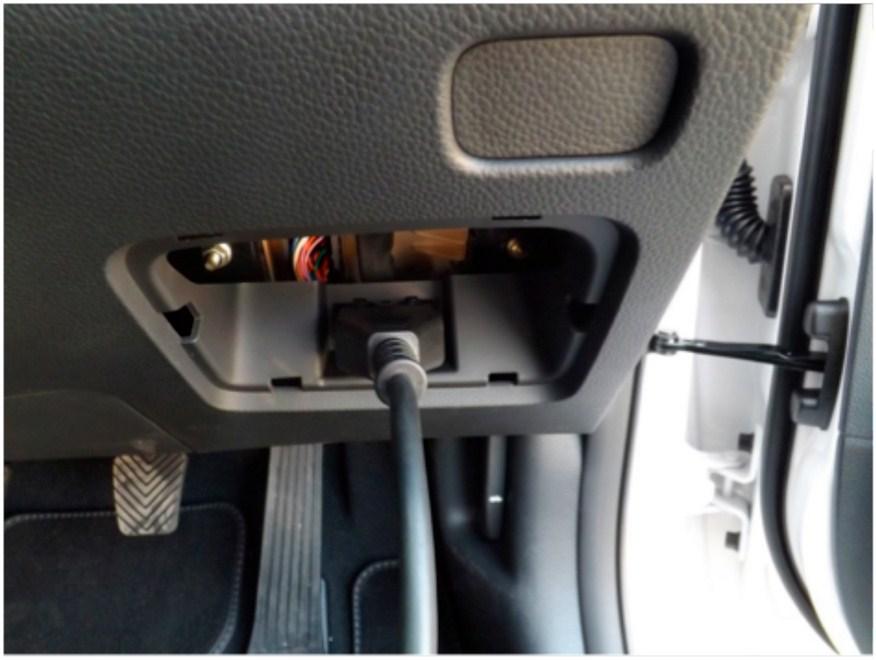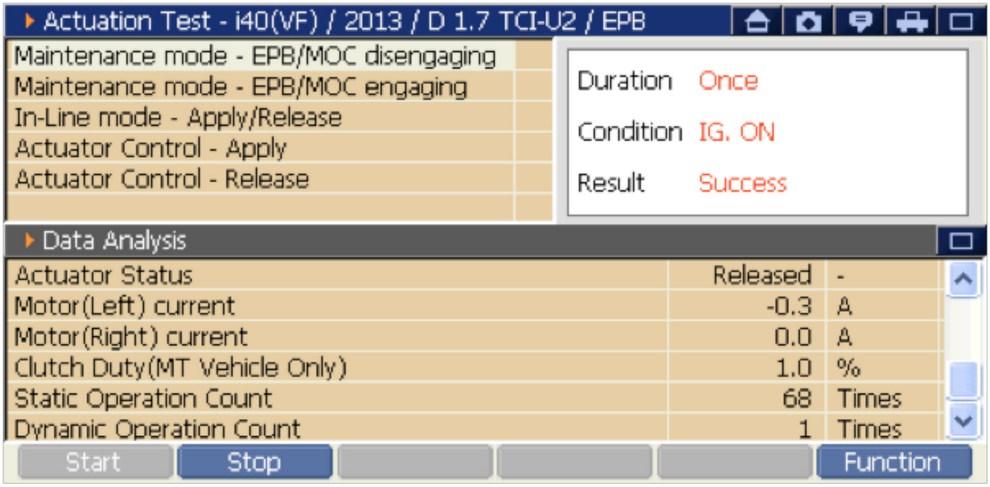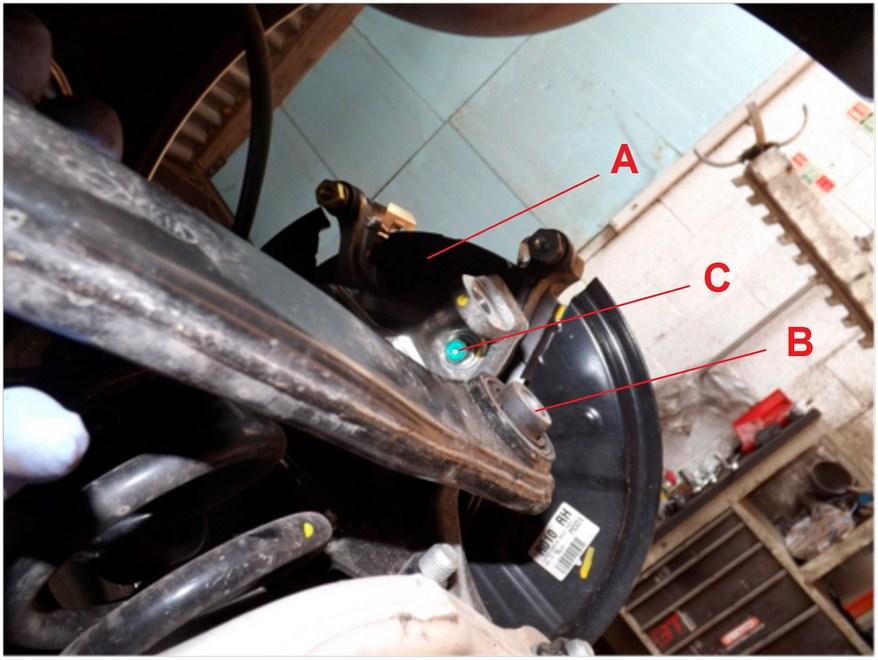Hyundai i40 rear brakes – Blue Print technical advice
Hyundai i40 in sedan and kombi version was designed especially for the European market This model, thanks to its reasonable pricing policy, attractive appearance, quality and a wide range of engines and equipment versions successfully competes with Ford Mondeo, among others.
The i40 uses an electromechanical parking brake system similar to those used by Volkswagen, Renault, Volvo, Ford and BMW.
Bellow we present a guide on how to replace the rear brake pads and discs:
- Inspect the brake system by checking the level and condition of the brake fluid, any leaks, and the operation of the service and parking brakes.

Note: Since the actuators of the applied parking brake draw a lot of current (approximately 14-20 amps), it is recommended that a voltage backup device be connected to the electrical system. With the ignition on, connect the tester to the 16-pin diagnostic socket, then check for any error codes in the electric parking brake and ABS systems.

- Once the car is lifted, remove the rear wheels and inspect the condition of the brake lines, parking brake actuator wiring and connectors, as well as the rear brake pads and discs. The minimum disc thickness is 8.4 mm and the minimum pad thickness is 2.0 mm.
- Using a suitable diagnostic tester, move the electric parking brake actuator back to the service position.

- Remove the two 12 mm Allen bolts from the brake calliper, then carefully remove and slide the calliper aside without putting undue strain on the brake line and actuator wiring.
- There is no need to screw the piston – just push it in.

- Remove the old brake pads and retaining springs.
- To remove the calliper yoke (A), first remove the suspension link bolt (B). This will allow you to remove the two calliper yoke bolts (C).

- Remove the bolts holding the rear brake disc and remove it. Clean the contact surfaces and, if necessary, degrease the new brake disc before installation.

- Install the calliper yoke bolts, suspension link bolt, and then install new brake pads and retaining springs – then the brake calliper can be installed.

- Finally, connect the electric parking brake actuators and check the operation of the service brake and parking brake. The inspection should also include any brake fluid leaks. Then check for fault codes in the parking brake system and ABS system, and then install the wheels by tightening them with 88-108 Nm torque. Perform a test drive at the end.


RELATED POST













